Find your Inner Peace: A Guide to Japanese Zen Aesthetic Home Design
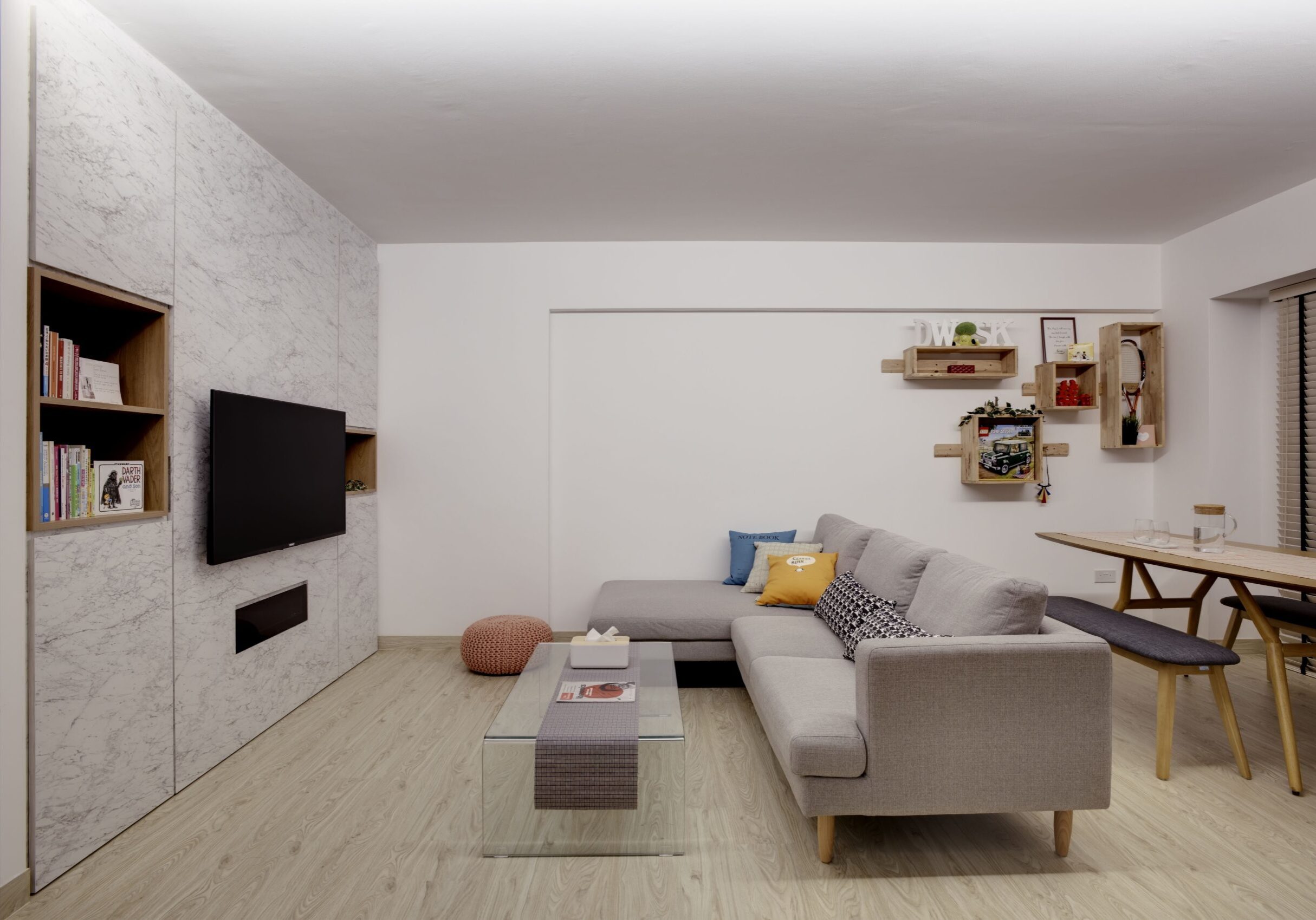
In today’s fast world, our homes should be more than a living space; they have to be a place for peace and serenity. Based on simplicity, natural harmony, and mindfulness, Japanese Zen aesthetics provide an opportunity to transform your home into a serene retreat. Inspired by the traditional Japanese design principles, this interior design emphasises balance and connection to nature while developing inner calm.
If you’re ready to create a home that promotes mindfulness and tranquillity, join us at This Moodboard to infuse Japanese Zen aesthetics into your space.
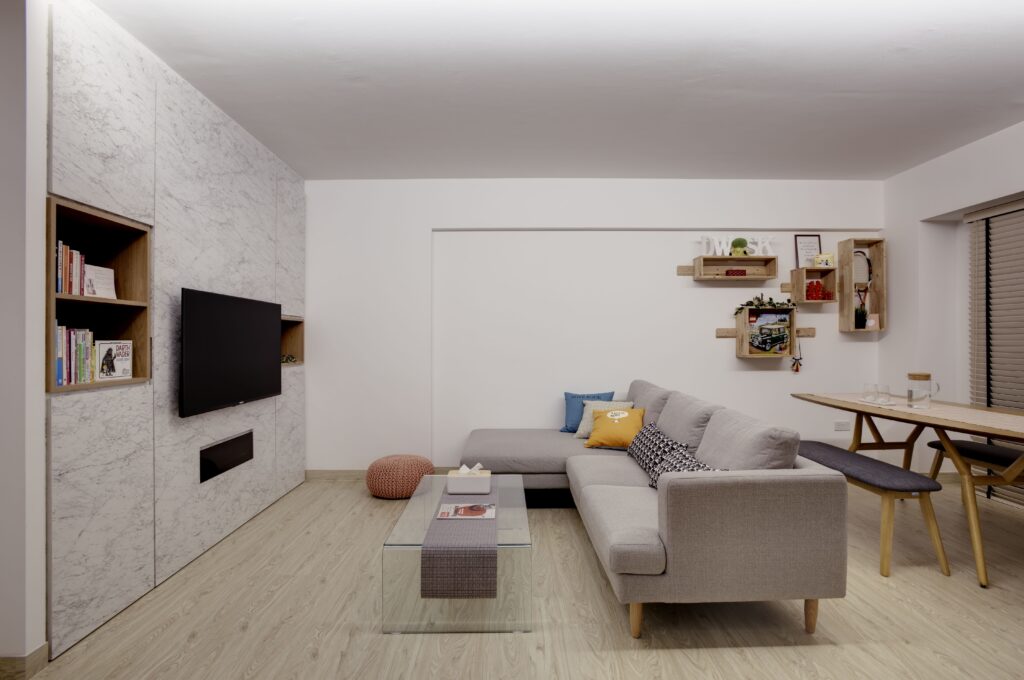
Philosophy of Zen Aesthetics
At its core, Zen design is about balance and simplicity with nature. The concept comes from Zen Buddhism, which emphasises mindfulness, minimalism, and intentional living. Zen interiors are uncluttered and harmonious, focusing on functional beauty rather than extravagance.
The aim is to be an environment that will foster reflective, restful thinking – an environment in which everything has a purpose or is somehow relevant to the ultimate objective.
Important Features of Zen Design in Japan
Japanese Zen design transcends style—it’s a way of designing a house or making a house like it’s your place of refuge. In creating the beauty of Japanese Zen in your house, consider these principles:
Minimalism: Less is More
Minimalism lies at the heart of Zen design, prioritising simplicity and intentionality. A clutter-free space encourages mental clarity and peace of mind.
- Declutter: Remove everything that is in excess. Anything in this space should either have a purpose or bring joy.
- Furniture: Low-profile furniture with clean lines is favoured; simple in form, and without ornate design elements or too large pieces that may overwhelm the room.
- Storage: Concealed storage that will keep surfaces uncluttered while maintaining an organized environment.
A minimalist space not only looks good but also induces the mind of the individual with much clarity and focus.
Connection to Nature
Nature plays a highly significant role in Japanese designs, with no division existing between indoors and outdoors. Reflect on this by bringing natural elements indoors:
- Natural Materials: Use wood, bamboo, stone, and paper to provide an organic, earthy feel.
- Booth Environment: Add indoor plants such as bonsai trees, bamboo, or moss arrangements. All of these add a balancing touch and bring life to the space.
- Water Features: In as many aspects as possible, small indoor fountains or water basins should be implemented. It creates an atmospheric ambiance and evokes feelings related to being more connected to nature.
Earthy and Neutral Colour Combinations
The aesthetic of Zen deals in subtle, soothing colours that remind one of nature itself. Neutral colour palettes are the rule when it comes to a peaceful, composed atmosphere.
- Colours: Neutral colours, including beige, white, soft greys, and muted greens make your place peaceful and harmonious.
- Accents: Adding accents in natural wood finish or stone gives a feel of warmth and texture without disrupting the calm palette.
These tones evoke calm and timelessness in the core of your home, effortlessly serene.
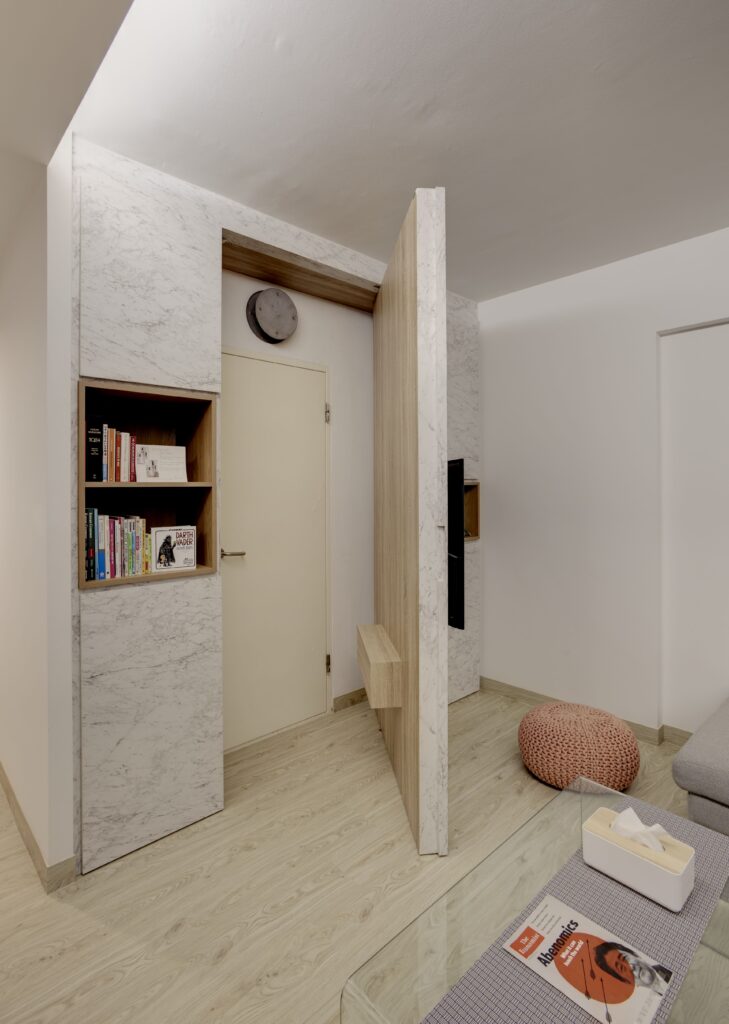
Light and space
Japanese Zen interior decorations always lighten up the look with a breezy effect, with specially optimised light and space.
- Lighting: Maximise natural lighting through sheer curtains or bamboo blinds. For evenings, this may be supplemented with paper lanterns or floor lamps to create warmth.
- Open Layouts: Place furniture in a way that creates open flow so the space feels uncluttered and inviting. There should be areas of “negative space” to avoid overcrowding and encourage mindfulness.
Tactile and Textural Elements
Texture forms part of the important sensual feel that adds to the depth in the connection between you and the surroundings within the Japanese Zen design. Application of textures and natural materials will add a sensory feel to your place.
- Textiles: Natural textiles, including cotton, linen, or wool, can be used in cushions, rugs, and curtains. Tatami mats are authentic inclusions.
- Textures: Add texture with the addition of smooth stones, woven baskets, or wooden accents.
These slight variations warm and deepen the space without overpowering the simplicity. You may find it a bit hard to implement these styles and find the best items for your home. If this happens, contact us for professional help or advice.
Designing Specific Areas of Your Home
The feel of Japanese Zen can permeate every single aspect of your home with some changes in design principles for certain rooms, creating a harmonious and functional haven.
Living Room
The living room is the center of the home, so it’s great to create a feeling of serenity and bonding there.
- Put a low wooden table surrounding it with floor cushions or simple seats.
- Add a shoji screen for privacy or to partition spaces without blocking light.
- A small indoor zen garden of sand and rocks might be used as a meditation focus.

Bedroom
This bedroom should be a retreat to look where restfulness and relaxation are fostered.
- Choose a platform bed with clean lines, minimal bedspread, and light-coloured bedding.
- Add a bonsai tree or vase with fresh flowers for a natural accent.
- Keep decor minimal, focusing on soft lighting and a clutter-free environment.
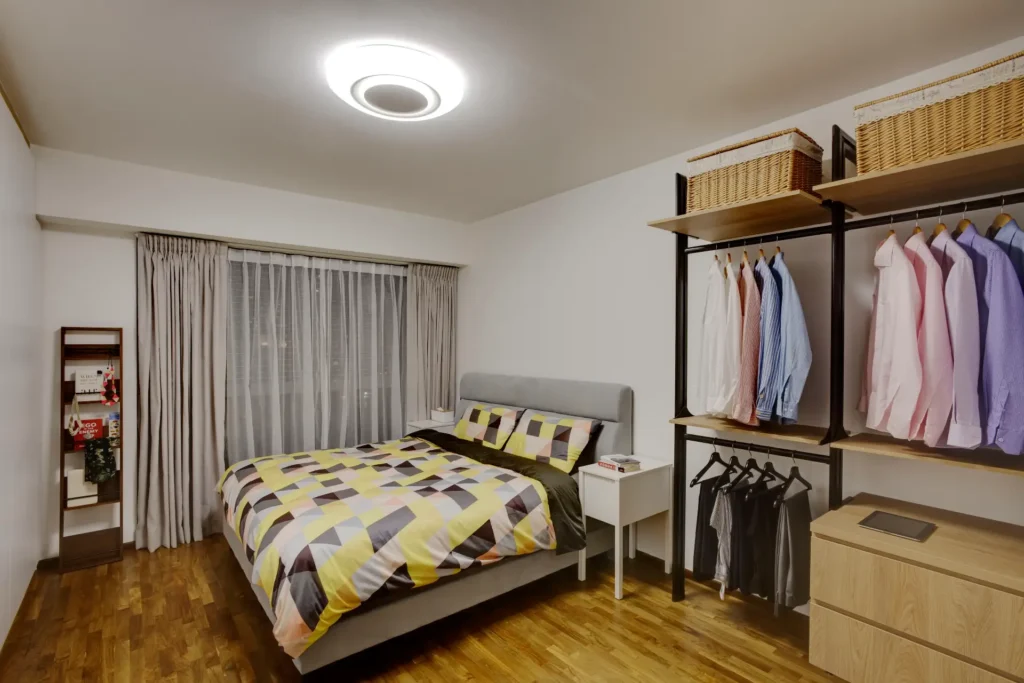
Bathroom
A Zen-inspired bathroom can be a very relaxing spa-like experience, helping you unwind and recharge.
- Employ natural stone tiling, wooden inlays, and minimalist fixtures.
- Use a soaking tub or rain shower to give that ultimate luxury.
- Bamboo mats, rolled towels, and scented candles would create the spa feel.
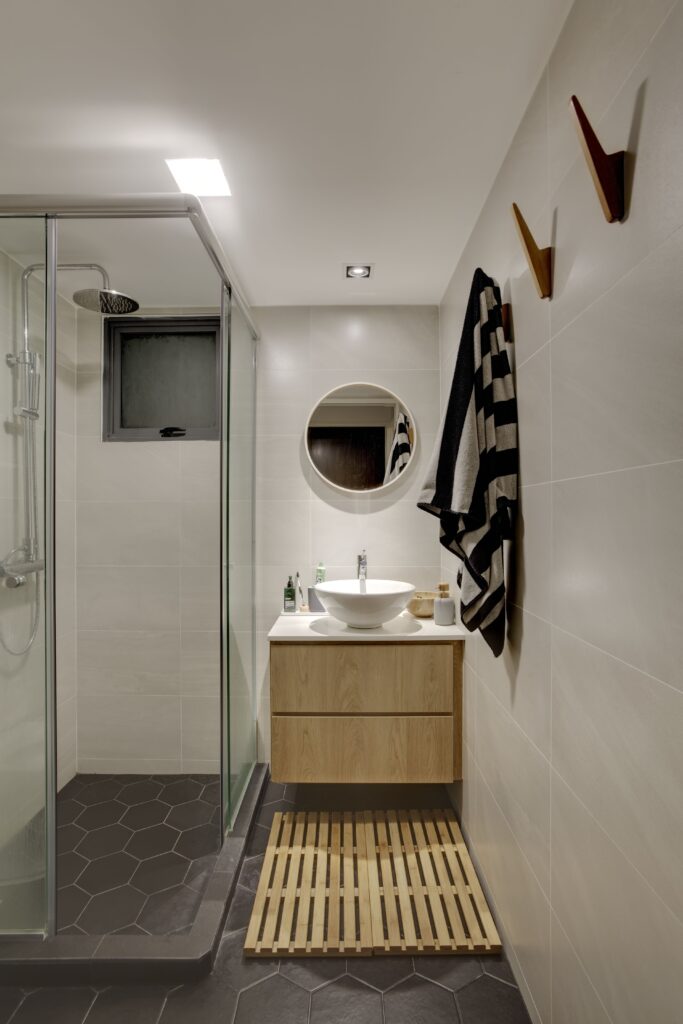
Outside Environment
Take this sensation of Zen in your home to the outdoors, creating a natural haven.
- Even a miniature rock garden or koi pond can add that completely more realistic Zen appearance.
- Sit benches or cushions made of plain wood.
- Use soft lighting with lanterns or string lights for the evening.
Introducing Zen to Your Space
Japanese interior design is more than decorating; it’s having a lifestyle that values mindfulness, simplicity, and intentionality. All these Zen principles won’t just affect your living space but will also guide you toward peace and groundedness in everyday life. Here’s how you can incorporate the very essence of Zen into daily life:
Declutter regularly
A clutter-free environment is at the core of Zen living. Clutter usually leads to mental chaos, making it hard to be calm and focused.
- Start Small: Start with one space, like your desk or a drawer, and then keep doing that throughout your space step by step.
- “One In, One Out” Rule: If something new comes in, something old has to get out. This will ensure that the scale is balanced and won’t let extra stuff win.
- Daily Maintenance: It takes a few minutes a day cleaning off surfaces and putting items back in their home. Little bits of daily maintenance will prevent sprawling messes before they happen.
A clean house gives this feeling of order, which directly influences the mind: it becomes clear and peaceful.
Mindfulness Practices
Zen can be inextricably attached to mindfulness – being present in the moment. Give space in your residence for practices that will result in mindfulness and inner peace.
- Meditation corner: All that is needed is a comfortable cushion on the floor in a quiet corner, a small rug, and perhaps a plant or a candle.
- Yoga Zone: This is the space that would be made free of clutter and have sufficient room for movement. There could be natural light complemented by soothing music.
- Tea Rituals: Create space to enjoy the tea, beautiful cups, and simple setting. Slow and mindfully enjoying tea can turn into a comforting daily ritual.
Most of these require so little effort and investment and yet can make a difference in your psychological and emotional life.
Intentional Living
This fills up life with stuff, routines, and habits that have to say to values, which are fun or meaningful. This curates a life that has been meaningful and fulfilling.
- Meaningful Decoration: Choose furniture and decoration that has meaning for you, rather than pressuring yourself with the latest trend or disposable items.
- Intentional Buying: Before buying something new, ask yourself if this is something that will serve a purpose or add value to your life.
- Daily Gratitude: Incorporate an attitude of gratitude by recording three things you’re thankful for on a given day. It fosters satisfaction and awareness.
Intentional living is how you align your home and habits to personal values so that everything in life can nurture body and mind.
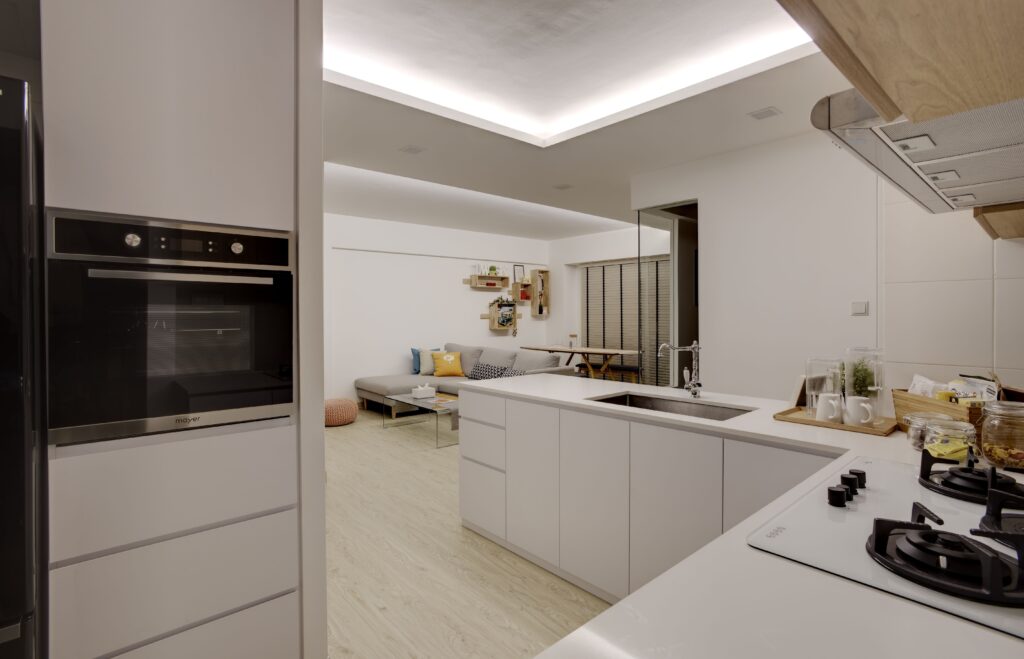
Conclusion
A space that imbues the Japanese Zen aesthetic is beyond a design choice; it’s a lifestyle that includes mindfulness, simplicity, and harmony. Adding natural materials, neutral palettes, and intelligent layouts makes it pretty easy to create an environment that seems serene and encourages inner calmness and tranquillity. Be it the sleeping ambiance of your bedroom, the meditative vibes of your drawing room, or a bathroom for a relaxing retreat, every corner of your house can be turned into a tranquil haven. The most important thing when it comes to creating your Zen home is remembering it is not about design; it’s actually how to live with intention. A Zen home is never about being perfect or indulgent but more of an atmosphere that one cultivates for the nurture of well-being and calmness in daily life. And by using these principles, you will be able to cultivate an atmosphere that can almost seem like an escape from other places. Use our inspirations to transform your home today!